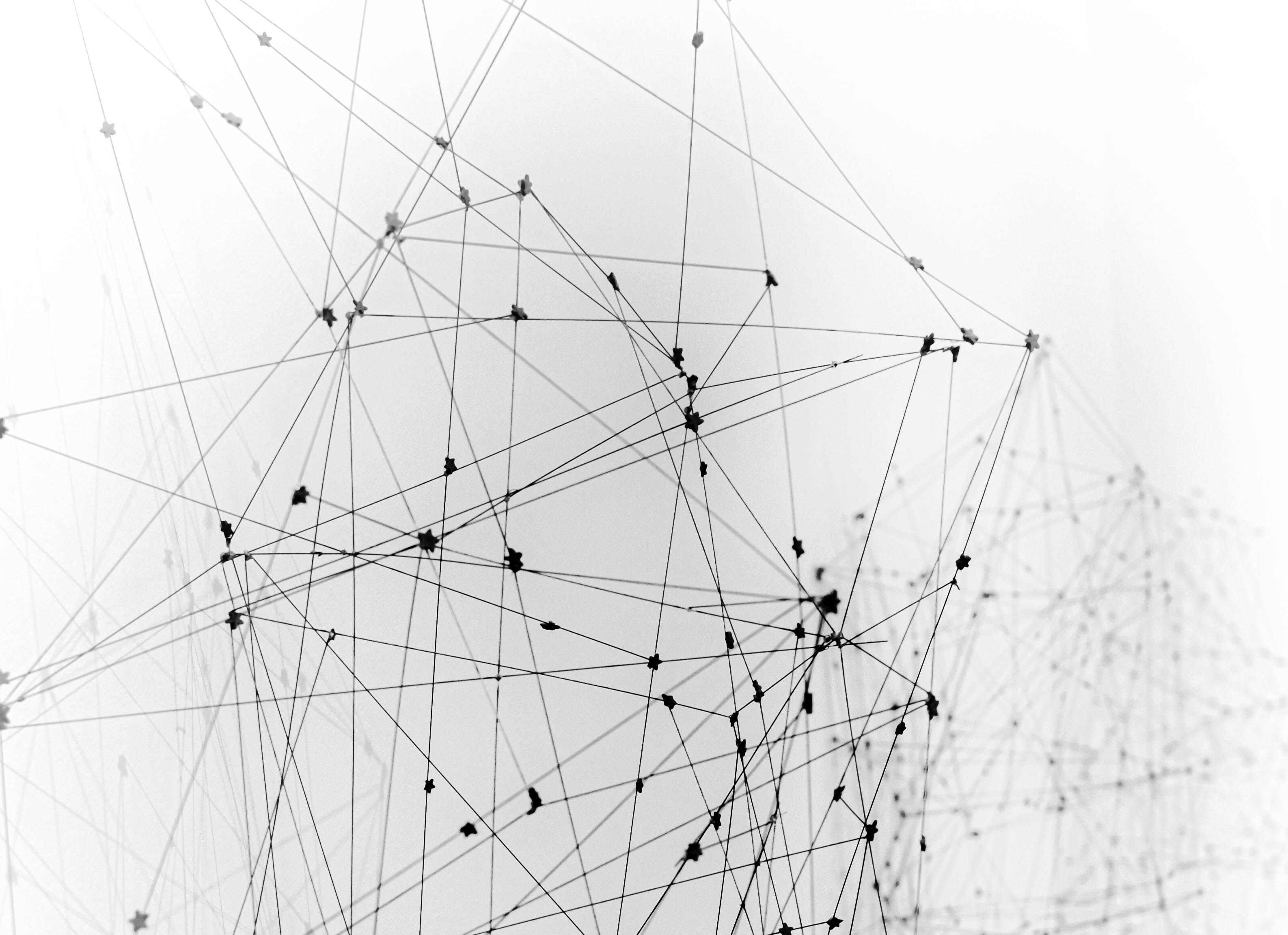by Camilla Falivena
Legislative Decree 502/92, subsequently amended and supplemented by Legislative Decree 517/93, gave way to a decisive institutional reorganization of the National Health System (SSN). One of the major innovations of the reform is the introduction of management and accounting logics inspired by the private sector model. This represented the fulcrum of the SSN process of corporatization. The Local Health Units and Presidi Ospedalieri of that time with at least three highly specialized structures and a departmental organization, acquired public legal personality and patrimonial, accounting, managerial, technical and organizational autonomy, thus turning into, respectively, the Local Health Authorities and hospitals. In addition to overturning the pre-existing organizational structures, the new legal nature of the entities belonging to the SSN has led to the need for a managerial approach to management and has changed the information requirements to support the governing bodies. In this way, an analytical accounting system organized by cost centers was added to the economic-asset accounting.
Despite the constraints imposed by the National Health Plan and by regional planning, management autonomy allows each company to independently identify the most suitable strategies and operating methods for satisfying the health needs of the population and achieving the objectives assigned, taking into account the characteristics of the internal and external environment in which it operates. First, it was necessary to resort to business planning activities. Already introduced in 1972 by the World Health Organization, planning in health organizations is aimed at identifying, in the first instance, medium-long term plans and short-term programs and, subsequently, the resources and actions necessary for their implementation. A management control system must be added to the planning and programming system. The control should not be understood in the Anglo-Saxon meaning of formal a posteriori verification of the differences between the results achieved and the expected results. Instead, it represents a “guide” for the company management in every operational phase through information mechanisms of feed-back and feed-forward.
The growing integration between the moment of strategic planning and that of operational control has given rise to constantly evolving performance management systems, in which the economic-financial dimension is increasingly becoming the means rather than the end. From these assumptions originates the Value-Based Healthcare paradigm, in which the focus shifts from the organization to the patient and the value is understood as the “health result achieved for each unit of money spent” (Porter and Teisberg, 2006). A strategic approach, even in cost cuts if and when necessary; the centrality of the patient in the decisions to be implemented; the use of control as a tool for continuous improvement and investments in health technologies that can effectively and efficiently support the processes of providing health care are the cardinal points for the management of health care companies in the years to come.
To this end, the participation and responsability of all those who participate, in various capacities, in the activities of the healthcare companies is required. The participation and responsability of these subjects, in turn, require an understanding and knowledge – at least basic – of the logic underlying the information needs and of the tools to support planning and control activities.
Camilla Falivena, PhD, Research Fellow at the CERGAS SDA Bocconi. She also teaches “Elements of information and control of healthcare companies” for the 1st level Online Master in Management for the Coordination Functions in the Healthcare professions at UniCamillus.
The Master aims to train professionals for the position of “Health Manager” with supervision and coordination functions in public and private health structures.
The lessons are delivered in e-learning mode with the possibility of accessing the platform 24 hours a day and using, at any time, all the teaching material made available by the teaching staff.
For more information about the Master click HERE

